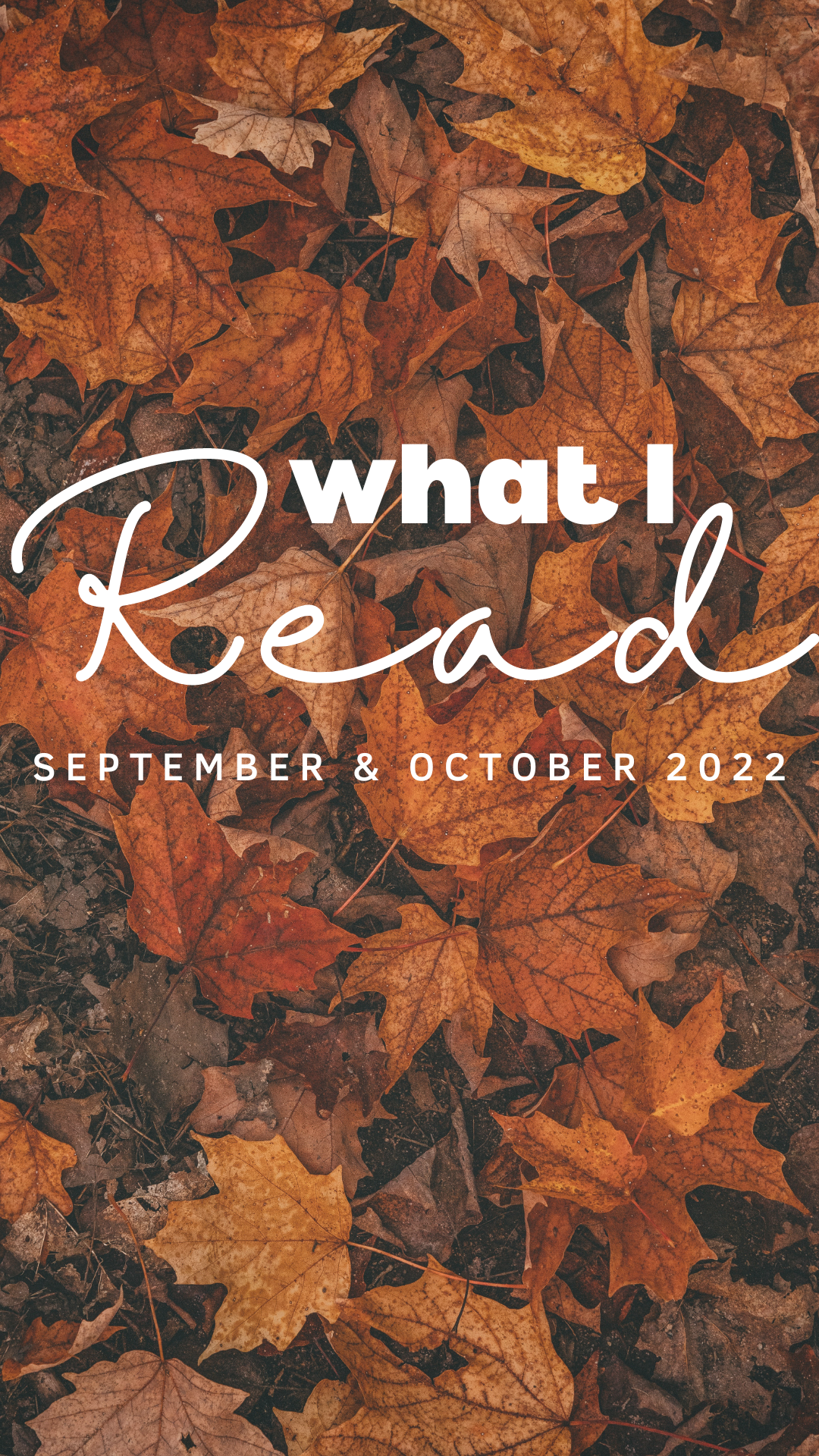What I Read — February 2023
Somehow I (unintentionally) managed to find a bunch of short books for the shortest month. I also physically read more books than normal this month since we spent an entire week traveling through Scotland.
As always, I clarify in my reviews whether I listened to or physically read the book. I also link all of the book covers to Goodreads so you can read more reviews if you’re so inclined.
Here’s everything I enjoyed this February:
Anti-Social: Online Extremists, Techno-Utopians, and the Hijacking of the American Conversation
Andrew Marantz
Stats: Politics, 15 hours and 8 minutes
Quick summary
Marantz spent time interviewing two groups for this book: the creators of social media and their hope for a connected world of free speech, and the conspiracists, white supremacists and other bad faith actors who want to watch the world burn. This is how those two groups collided in the 2016 election race.
What I thought:
I picked this up after Marantz was interviewed on the How To Be A Better Human podcast (which is also worth a listen). This was extremely well-written and one of the most frustrating books I’ve read. To know that there were so many “journalists” pushing Trump as an electoral candidate purely for personal clout and trolling angers me. No matter your political leanings, this is worth a read purely to see how internet fringe ideas can become mainstream, and what that means for society.
Who should read it:
Anyone who has asked how did we get here any time within the past decade.
Spells for Forgetting
Adrienne Young
Stats: Mystery, 350 pages
Quick summary
Saoirse is full of secrets, most of them centered around the island’s Salt Orchard, the main source of tourism income, and what happened the day it burned and a teenage girl was found dead in the woods. Emery has tried her best to put the past behind her, but everything starts to unravel the day her old boyfriend, August Salt, returns for the first time in 14 years to bury his mother.
What I thought:
I can almost hear everyone scrolling past yet another witch book on my list, but guys, this one was different. For one, the spellcasting was a very minor plot. This was much more of a slow burn murder mystery with beautiful language used to describe the setting. See? Totally different.
Who should read it:
Honestly, this is a perfect autumn read and I’m bummed I didn’t save it for October.
Devolution
Max Brooks
Stats: Sci-fi Horror, 286 pages
Quick summary
Greenloop is an exclusive eco neighborhood in the forests near Mount Rainier. Kate is the newest member of the community and hoping for a fresh start with her estranged husband. Her therapist has suggested she keep a journal, which Kate faithfully does. After Rainier erupts, the community is cut off and isolated, making them the perfect prey for a group of hungry Sasquatch.
What I thought:
A wild fucking ride, but it makes sense when you see the author also wrote World War Z. Short, action-packed… everything you’d want from a sci-fi horror thriller. Also, I haven’t seen many fictional books about Sasquatch so another point there.
Who should read it:
Anyone into bloody, gruesome post-apocalyptic fiction is probably going to tear through it.
Shut Up and Run
Robin Arzón
Stats: Health, 192 pages
Quick summary
Given the title, I think it’s pretty obvious what this book is about: running. Ultra marathons, marathons, and running just for the love it, Robin covers everything from mantras, style, nutrition, and workouts for runners and want-to-be runners from all backgrounds.
What I thought:
Robin is one of my favorite Peloton instructors, so I decided to give her book a shot since I’m all things marathon prep right now. I picked up a lot of ideas for varying my runs (intervals, sprints, hills), incorporating strength, and fueling up pre- and post-run.
Who should read it:
Long distance running nuts.
Burn Rate: Launching a Startup and Losing My Mind
Andy Dunn
Stats: Memoir, 304 pages
Quick summary
This is the memoir of the co-founder of the men’s fashion company, Bonobos. After receiving a bipolar diagnosis following a manic episode in college, Dunn unflinchingly takes the reader through every episode while launching a startup.
What I thought:
This was enlightening. I think it’s so hard for neurotypical people to understand thought patterns for people living with abnormal psychological diagnoses, and Dunn talks candidly about the shame associated with his diagnosis that led to his denial of it, and the aftermath of “his ghost” refusing to be ignored.
Who should read it:
People who want to know what a manic episode can look like.
Once There Were Wolves
Charlotte McConaghy
Stats: Fiction, 8 hour and 27 minutes
Quick summary
Inti leads a team of biologists to reintroduce wolves to the Scottish Highlands for environmental conservation. She brings her twin sister, who is mute and in the throes of PTSD. The locals do not support the project and want her team to leave and take the wolves with them, even more so after one of them ends up dead.
What I thought:
I feel lied to. The summary of this book was vastly different than what actually took place on the pages, so I’ll do it for you. TRIGGER WARNING: This entire book is basically about domestic abuse. The characters had little to no development, the relationships were bizarre, and it felt like 258 pages of trauma porn.
Who should read it:
Nope. Don’t recommend. I would have DNFed if I had not promised my brother and sister-in-law that I would finish it for book club.









